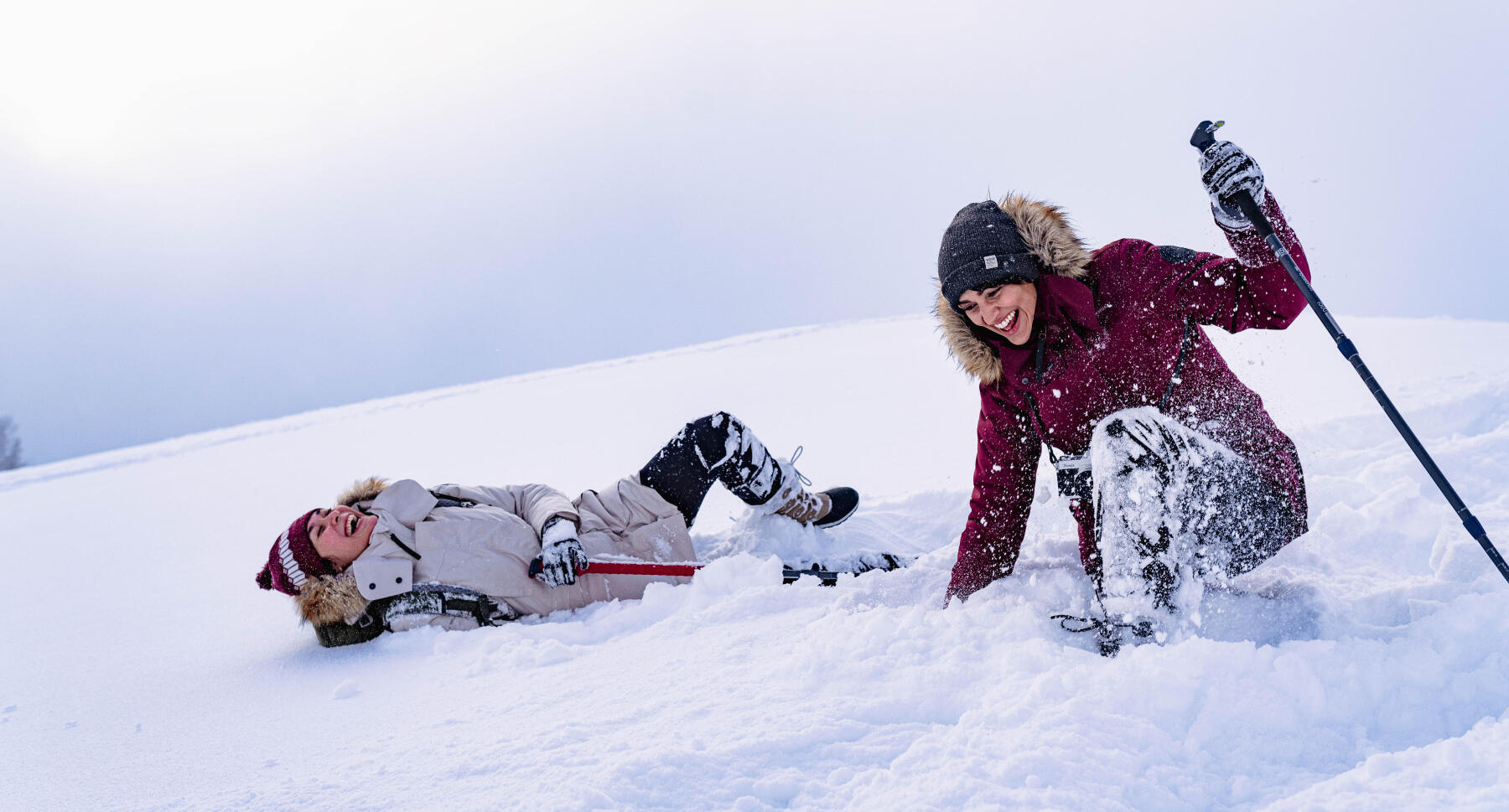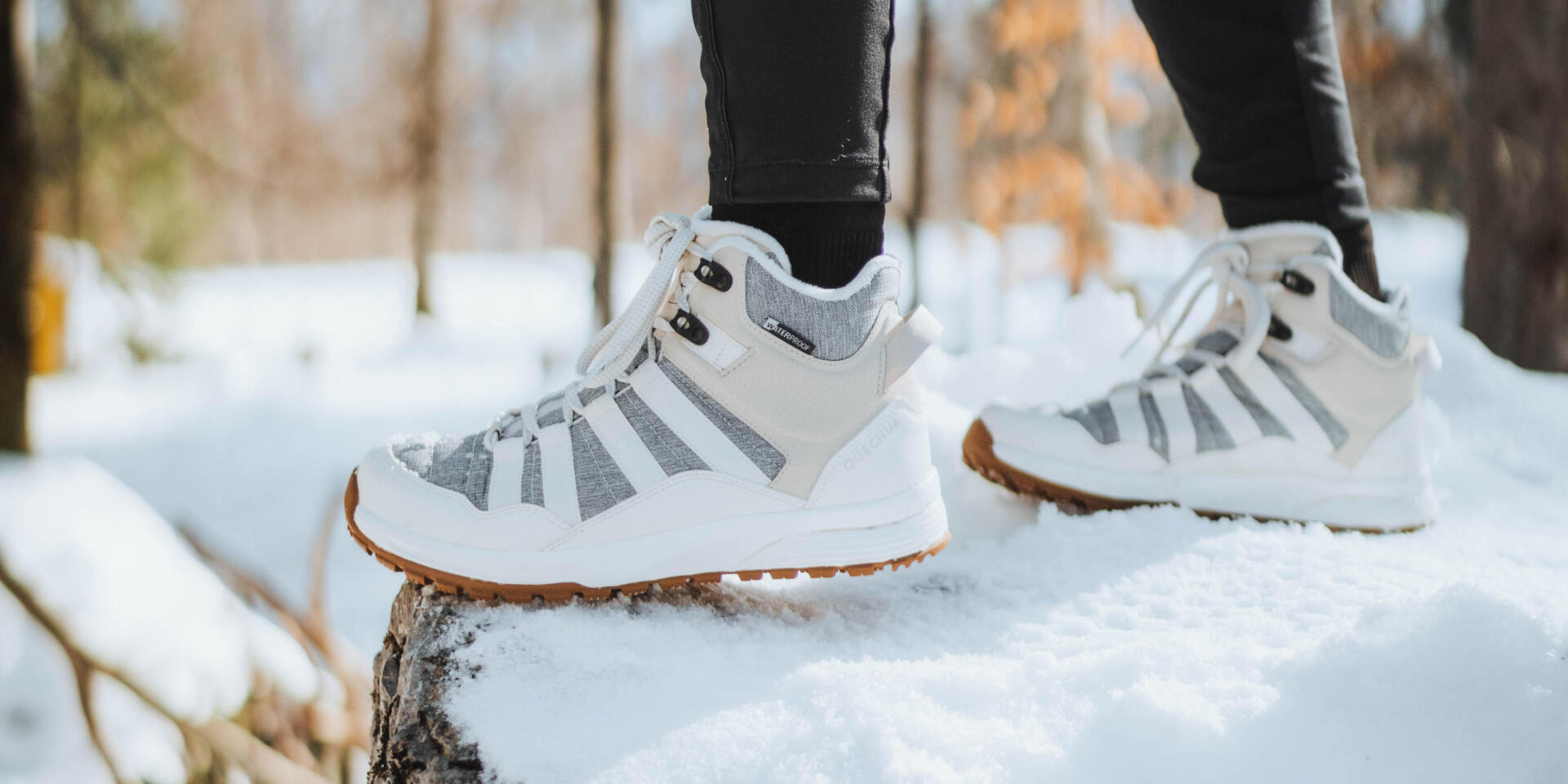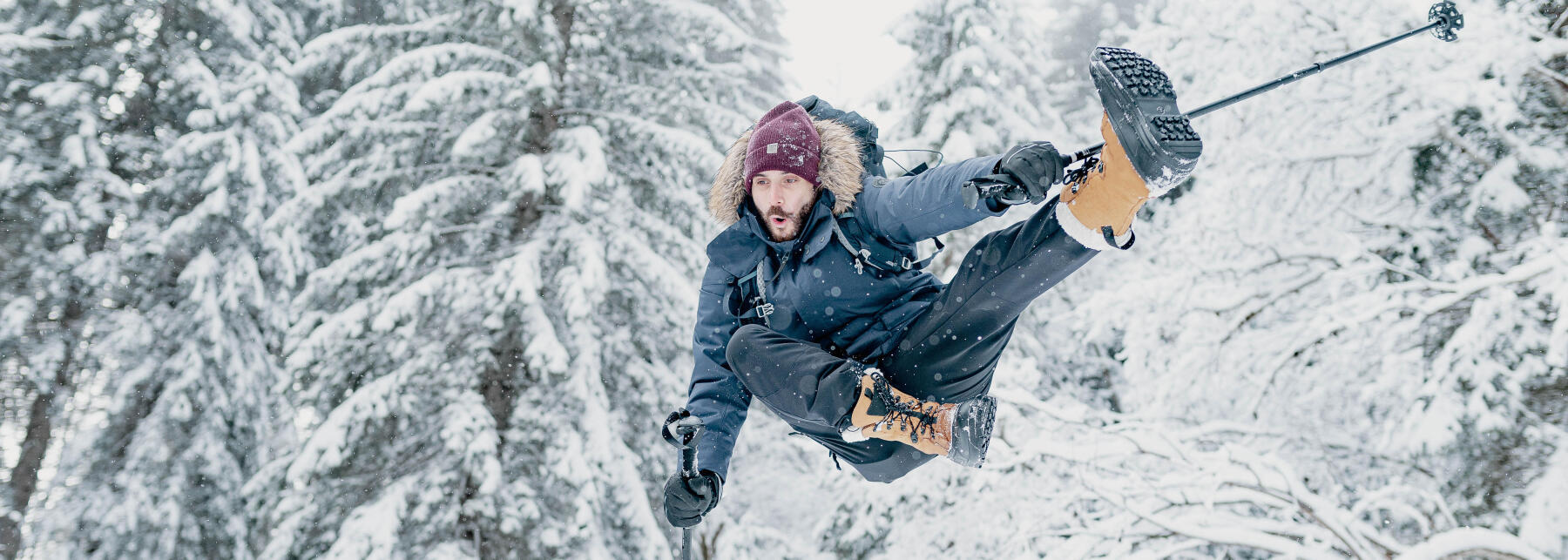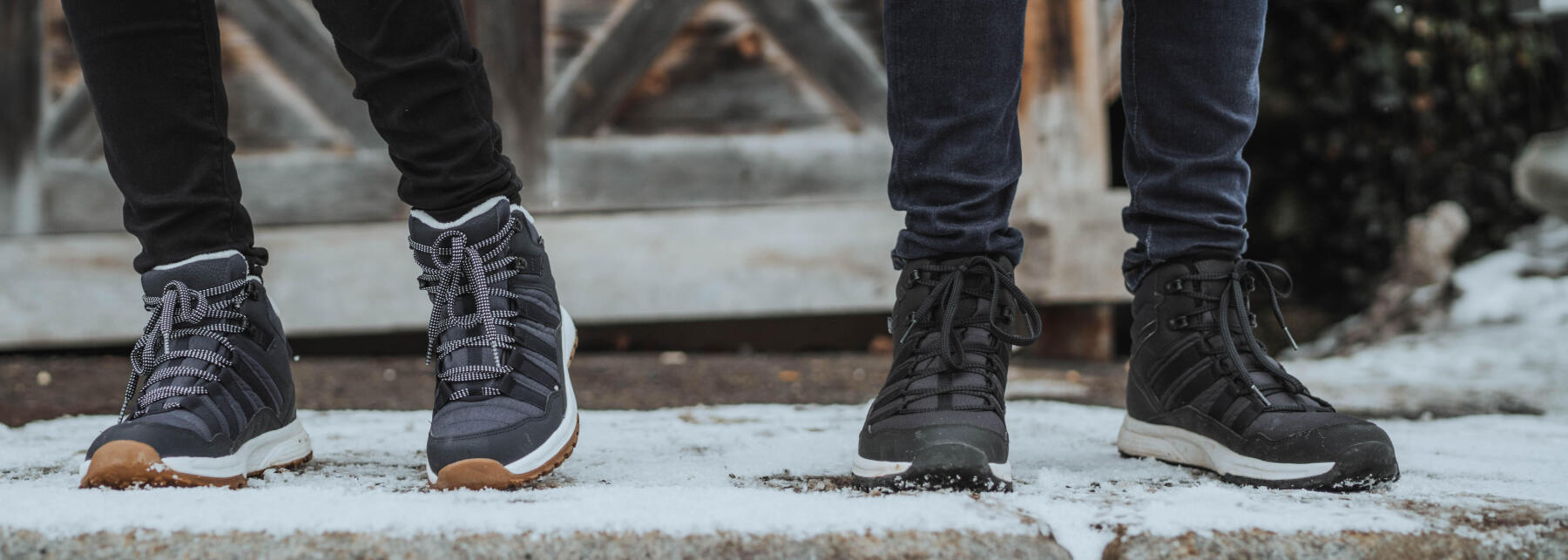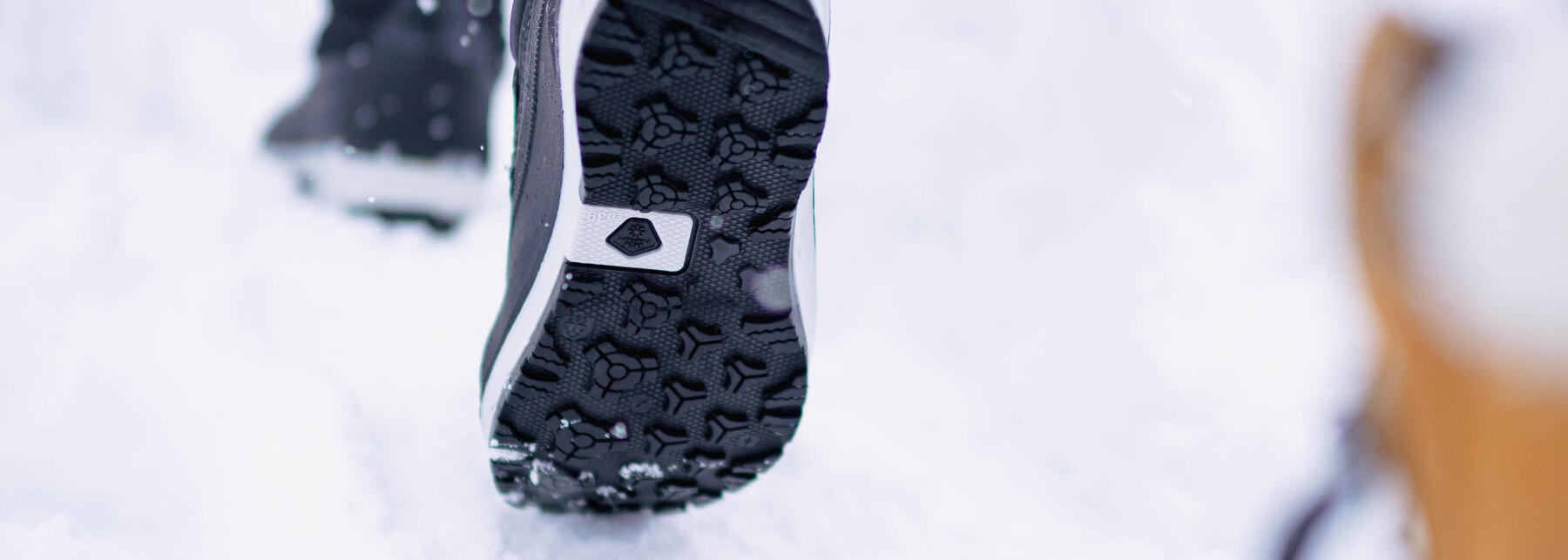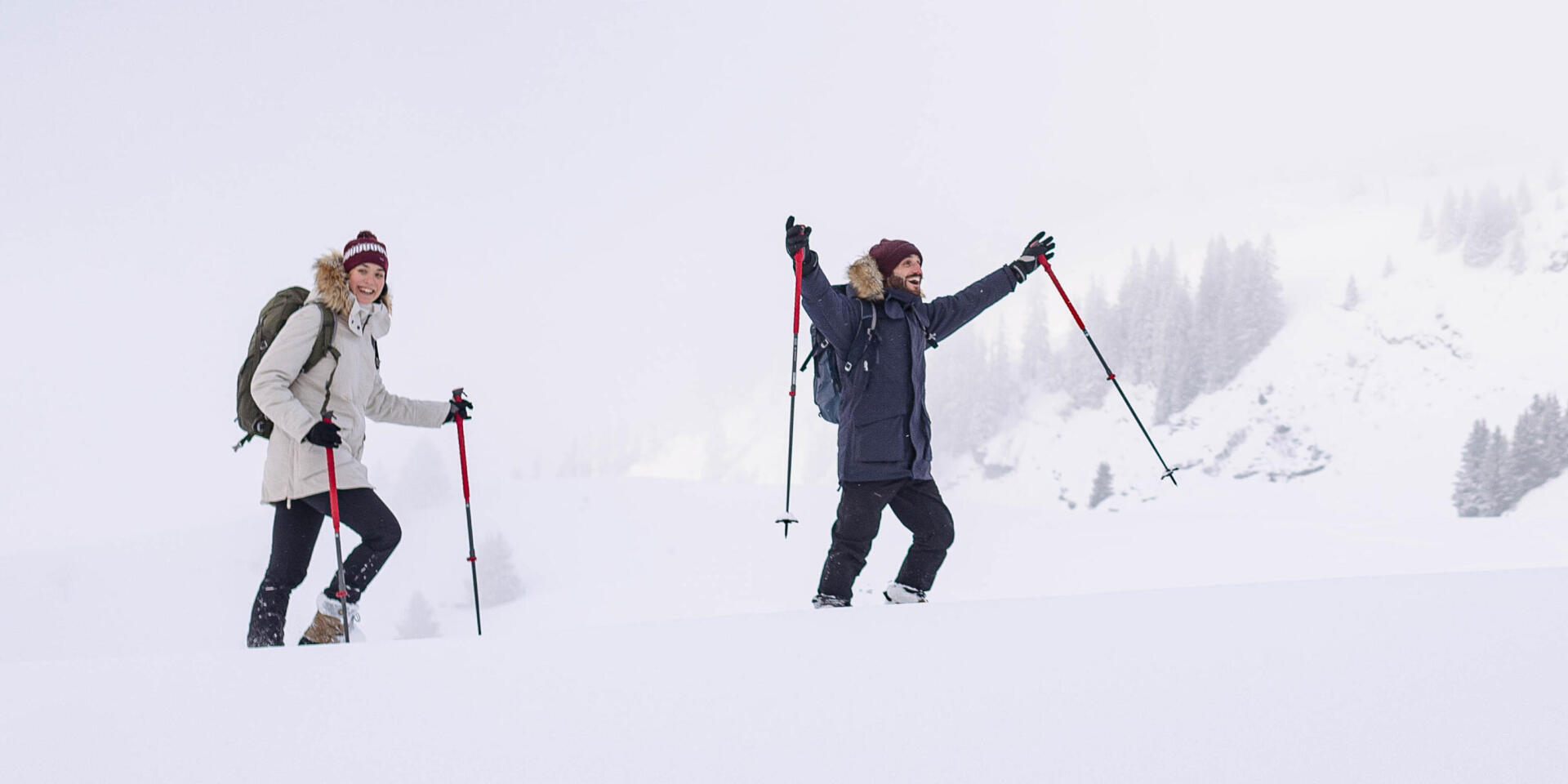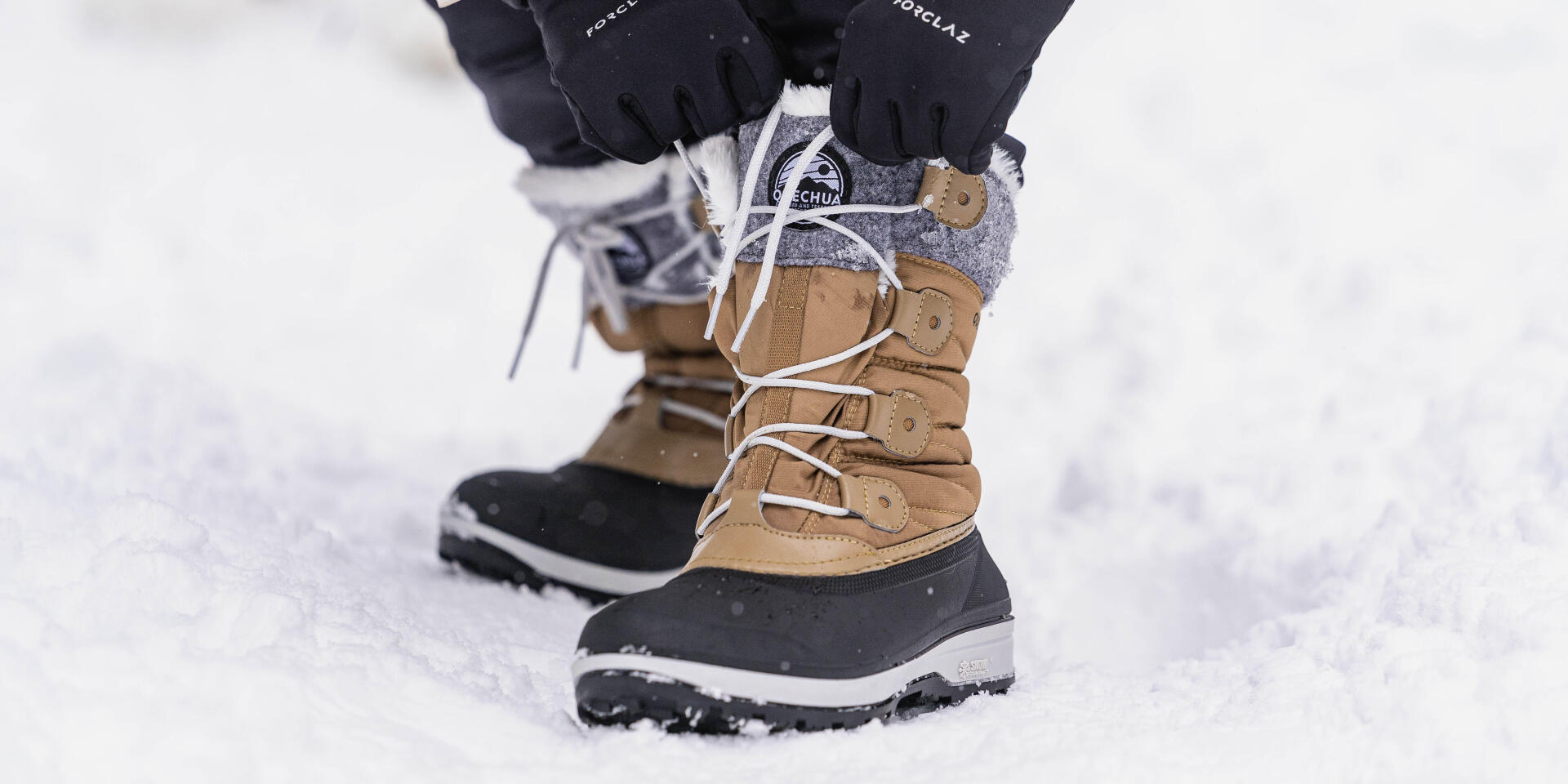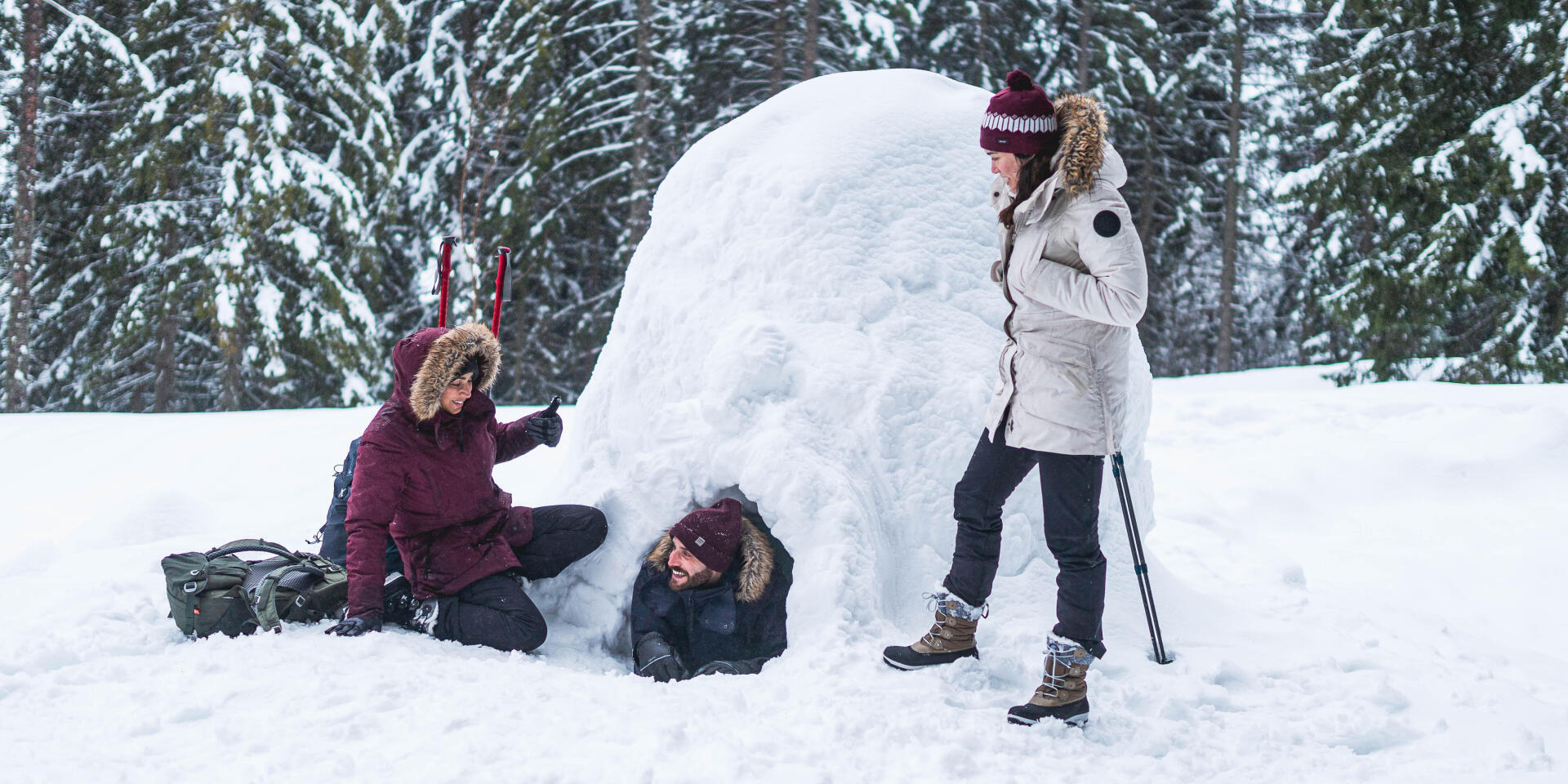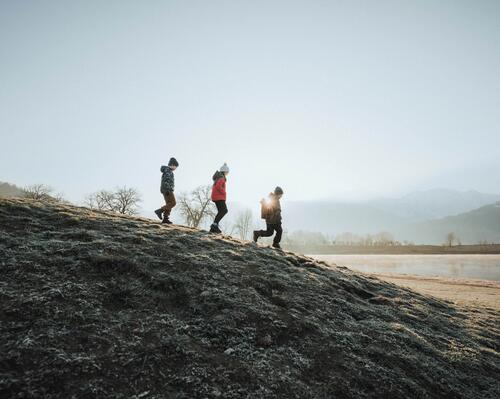Why buy après-ski or warm footwear?
When it is cold, the body gives priority to protecting vital organs such as the heart or the brain. The blood is therefore directed to these parts to the detriment of all the others. As a result, other areas, such as the feet or hands, receive less blood. All the more so since the body, to keep its heat, constricts the arteries closest to the skin (this is called vasoconstriction): the blood has less contact with the outside and more easily maintains its temperature.
It’s therefore up to you to protect your hands and feet when it’s cold by equipping yourself with the appropriate equipment. Cover your head well too, otherwise you may lose the heat produced by your body to protect your brain, and you will cool down faster.
But before we get into the details of choosing between warm boots or shoes, let's go through the most important criteria to make an informed choice and keep your feet warm!

